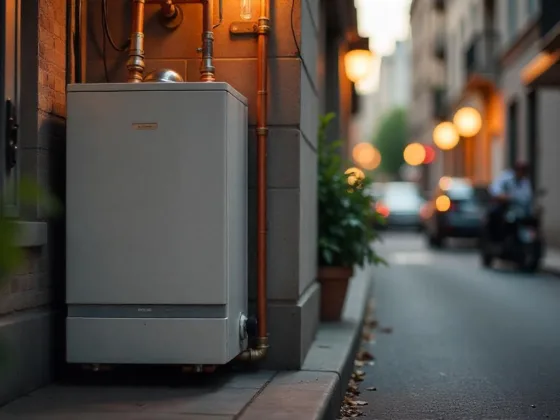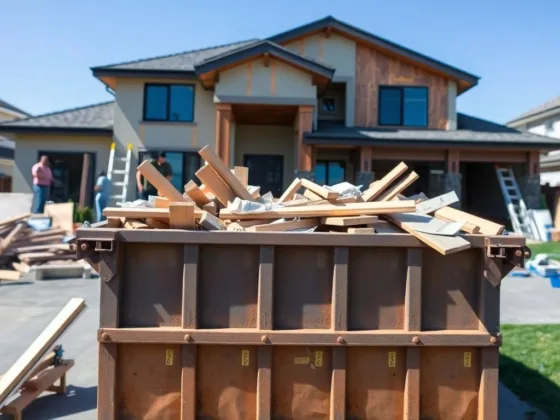Table of Contents Show
In the United States, nearly 100,000,000 homes have air conditioners.
The use of air conditioning ranges from convenience to a near necessity depending on where you live. Despite how common they are, most people often wonder, “How does an air conditioner work?”.

We will try and answer this by describing the process in a step by step manner. To better describe this process, we will break it down following the air that flows through your air conditioner. We will also explain the importance of refrigerant in relation to cooling the air.
How Does an Air Conditioner Work?
The basic answer is that an air conditioner works by taking the heat out of the air inside your house. It does this by drawing air in and removing the heat. Then vents carry the air back into the rooms of your home or business.
Let’s start with the first step in the air conditioning process.
Read Also:
- 6 DIY Air Conditioning Repairs You Should Leave to the Pros
- Preparing for Summer With Air Conditioning for the Home
- A Brief (But Complete) Air Conditioner Buying Guide
- What to Look for When Hiring an HVAC Contractor
- Is It Safe to Leave the Air Conditioner on All Day?
- How to Keep Your House Cool: 7 Simple Tips
- Is a Dehumidifier Worth It?
The Intake
To function, air conditioners need to be able to draw in air. This is often done either through the front, in a window unit, or through an intake vent in the case of central air. Without proper airflow, a lot can go wrong with an AC, and it can become damaged. AC repairs can be very expensive.
One of the key features of this stage is the air filter. A lot of industry experts will tell you to make sure to change your filter regularly. Air filters are cheap, but failing to replace them at regular intervals can lead to huge problems with your HVAC system.
It is also essential to make sure that your air intake area is free and clear of obstruction. You should avoid anything that could limit the free flow of air into the HVAC system. This helps to make sure that your AC will work great for years to come and cools the air as much as you want it to.
Refrigerant and Coils
Once the warm air is pulled into the unit, the air rushes past coils which are full of refrigerant. This heats the refrigerant, turning it into a gas. The process that causes this draws the heat out of the air that was previously warm, thus cooling it down.
Earlier types of air conditioners used water in order to achieve this result. Water is not as effective as the refrigerants we use today. Air conditioning was not discovered until the early 20th century and required that we first understand the thermo-dynamics of hot and cold.
The Condenser
The refrigerant then moves on to the outside unit of the air conditioner. The gaseous refrigerant is then cooled by air that rushes through the condenser fins. This releases the heat trapped by the gas and returns the refrigerant to a liquid state. The refrigerant is then pumped back to the coils.
This process constantly repeats while the air conditioner is working. When the temperature inside reaches a level that is set by the thermostat, this system turns off. Some people prefer to leave the fan of the air conditioner running, and others have it shut off completely.
The Vents
Once the air has had its warmth removed, it is ready to go back into the rooms of your house. This is the final stage in understanding the question “How does an air conditioner work?”. There are many types of air conditioners, and there are several AC vent types.
The air conditioner vents that many of us see are connected to ducts that fit into the floor or ceiling of our home or business. These play a critical role in ensuring that the cooler air is pushed into the major areas of a dwelling. However, many homes do not have ductwork running to every area of the house.
In this case, linear air diffusers are used, which helps to facilitate the movement of cool air. These vents are often seen more often in businesses and look like a vent on a door or wall. They work by drawing the cool air into a room, which then displaces the warm air and cools the inside of the room off.
Diffusers are used in many homes and play an important role in regulating the airflow of an HVAC system. They do this by directing the flow of air, as well as ensuring a good mixture of room air and cooled air.
The Thermostat
Another key component of how an AC works is the thermostat. This is a thermometer and control for the entire HVAC system. On central units, this is done via a wall-mounted unit. In window units, it’s the control panel on the front of the air conditioner.
The thermostat plays an important role because it allows you to set the temperature you want the air inside your home to be. The air conditioner will run until it reaches that set temperature and then stop. This helps to control energy costs and controls the amount of electricity that your HVAC system uses.
How to Use an HVAC System
In general, HVAC systems are used to regulate the temperature and humidity of the air inside a dwelling or business. They make it easy for us to live in almost any climate, and many central systems feature both air conditioners and heater systems that work using the same or different ducts and vents.
They have become an essential part of modern living, and something that can be seen in virtually every state, city, and town. There are limitations to their effectiveness, but they are essential to avoiding potential death during a heatwave and help to maintain modern technology.
The More You Know
Hopefully, this article has helped you understand the answer to your question, “How does an air conditioner work?”. What we have here is an overview to make things easier to understand. Make sure that you have the air intake squared away, your system is maintained properly, and you use the diffusers and vents that you need.
If you found this article helpful, please take a moment to browse our site for other great reads!









